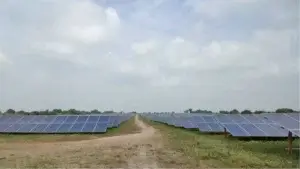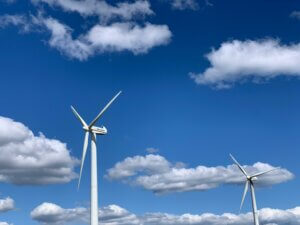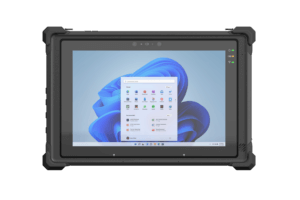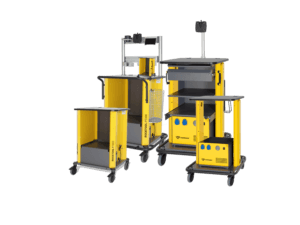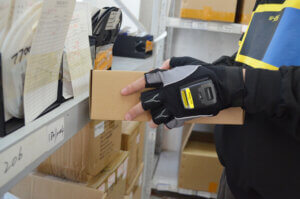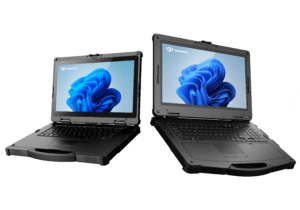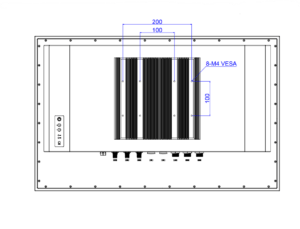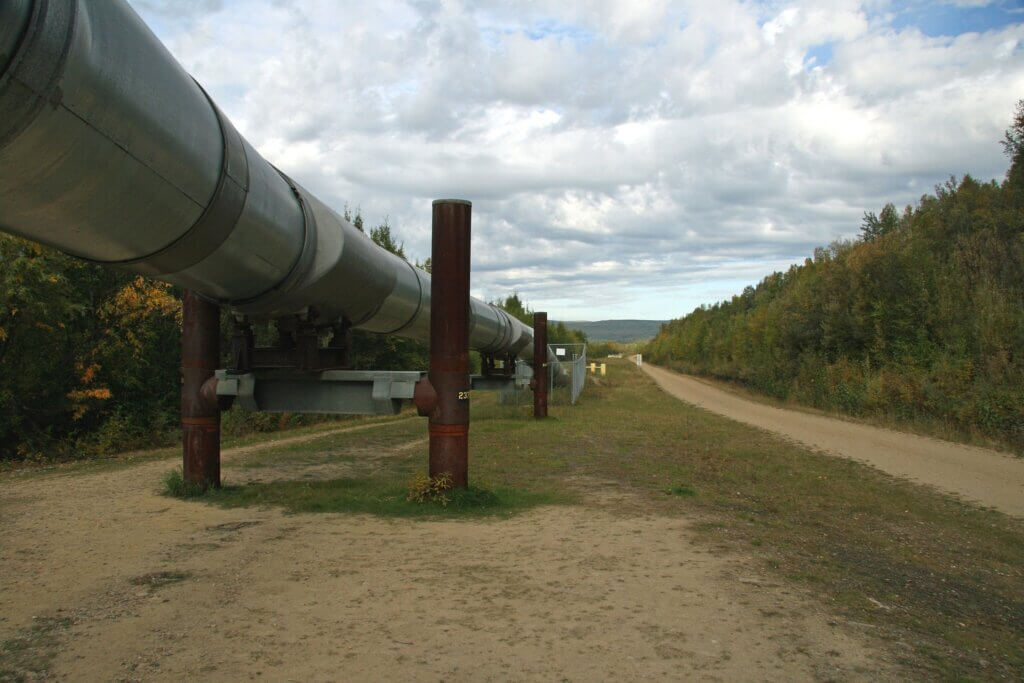Marked by all kinds of uncertainties in the industry, the third quarter has come to an end and raised many questions also in the field of environment, nature and climate protection. Many manufacturing companies that rely on gas supplies are groaning under the high costs. And prices know only one direction at the moment: up. While Germany in particular is now in the process of reducing its own dependence on suppliers, we have one environmental issue after another: Weeks of drought, tons of fish dying (over 190t!) on the Oder River, and massive environmental damage to be expected from leaks in the gas pipelines in the Baltic Sea. I am of the opinion that we should not only minimize our dependence on Russian gas, but also our dependence on fossil fuels on a large scale.
Unfortunately, in German politics – at least as far back as I can remember – environmental protection only ever plays a role if it can promote economic growth. So far, even a green economy minister has not changed this. No bashing at this point, I would not like to be in Mr. Habeck’s shoes right now. He has a lot of things to work through that were screwed up by previous governments.
We should all take the current energy crisis as an incentive to review what we can do to combat climate change – both in our private lives and in the corporate world. You see more and more small initiatives on all corners and that’s a good thing, unfortunately this is currently far from sufficient.
“We Germans can’t save the whole world” is something I hear again and again. That is true, of course, but Germany is a systemic role model for many other countries. Yet other countries have gone further in the meantime, and environmental protection is promoted even more actively there. Because we like to talk and then discuss it in a commission of experts. And then, when the results are available a year later, it is discovered that it is once again too bureaucratic. But the energy transition is also made complicated for non-governmental measures. Anyone who has ever properly registered a mini balcony power plant knows what I mean. Maybe it’s time for the fourth bureaucracy relief law “Environmental Edition”?
Emissions
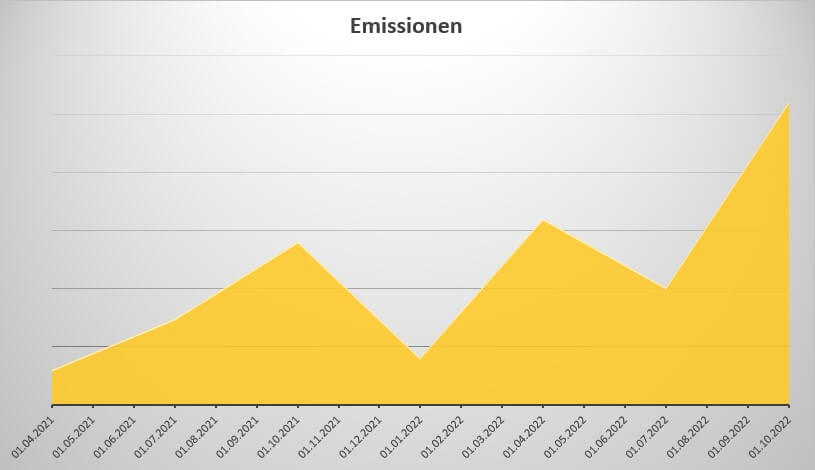
Compared to the second quarter, our emissions have literally exploded and more than doubled. This can be attributed to a catch-up movement in customer investments, but also to the general growth at WEROCK. As before, the emissions have not yet been calculated exactly, as we lack the internal resources to do so. Greenhouse gas emissions are recorded on the basis of data from the German Federal Environment Agency, distinguishing between different equipment classes. All emissions are recorded in accordance with the scope concept from the Greenhouse Gas Protocol. In the third quarter, indirect external emissions accounted for over 90% of emissions, as production is carried out by external partners.
As a basis for calculating greenhouse gas emissions, we take the gross weight of a product including accessories, packaging, shipping carton and, if applicable, filling materials, and calculate this using our formula for the manufacture of computers. Since the production of a computer is much more resource-intensive than that of a cardboard box, this results in a significant overcompensation – which in the end we prefer to have an exact emission calculation.
Compensation
Part of our corporate philosophy is to compensate emissions that cannot be avoided at the moment, so that we are at least arithmetically climate neutral. To compensate our emissions, we invest money in sustainable projects. In the end, our products are climate-neutral through offsetting.
In the third quarter of 2022, we will continue to offset our total emissions with Gold Standard projects. With this offset payment, we not only support climate protection, but also the local community in the areas of healthcare, education, clean drinking water and economic development. Climate protection must not be pure actionism. Particularly in the case of offset projects, it is important that the associated infrastructure is also sustainably strengthened so that the climate protection projects can also be maintained in the long term by the local population.
The past few months have once again made it very clear to us that we must invest even more in projects that make an essential and long-term contribution to climate protection. Leading the way here is the construction of photovoltaic plants and wind turbines. As the project is not yet fully financed, we have decided to invest our compensation payments in the same project as last quarter.
India has rich, untapped wind energy resources that can play a crucial role in the country’s growing energy supply. Our payment will support the construction of a 100-megawatt wind power plant in Madhya Pradesh – a large state in central India. The project consists of 67 wind turbines, each with a capacity of 1.5 MW, which generate clean electricity through the use of wind energy. The project has conducted an Environmental Impact Assessment (ESIA) in accordance with IFC guidelines, involving the local community through frequent stakeholder consultations. It plays an important role in reducing CO2 emissions and will continue to contribute to the economic growth of the region by generating 180 GWh of clean electricity annually, equivalent to supplying 42,000 households. The project will also result in a reduction of carbon emissions by 1.23 million tons of CO2e in 7 years, thus providing long-term sustainable reductions.
Our local partner is Orange Renewable Power Pvt Ltd, an operator of wind turbines and solar farms. The project meets five Sustainable Development Goals (SDGs) of the United Nations:
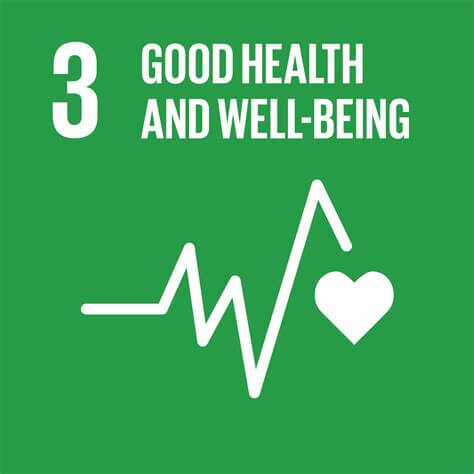
Goal 3 - Good Health and well-being
Ensure healthy lives for all people of all ages and promote their well-being.
In collaboration with the Madhya Pradesh State AIDS Control Society, motivational workshops were held for HIV-infected and AIDS sufferers, and the importance of anti-retroviral therapy to their lives was communicated, benefiting over 60 people. Regular organization of camps/rallies for smoking cessation and sensitization of the participants.
For project implementation, 21.6 km of roads were built in the villages near the project, which are now available to the general public.
Access to clean water: water tanks and water treatment plants were installed, benefiting the public on a large scale, providing easy access to clean and safe drinking water. Clean India: development of sanitation facilities such as the construction of toilets in public places.
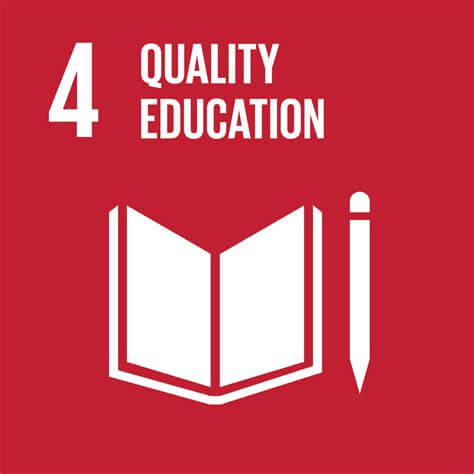
Goal 4 - Quality education
Ensure inclusive, equal and quality education and promote lifelong learning opportunities for all.
Help the underprivileged: distribute computers, bicycles and stationery to orphanages, benefiting more than 60 children, and distribute clothing to homes for the elderly. Distribution of necessary infrastructure such as furniture, school supplies including stationery, math and science materials, sports materials and scholarships to deserving students of more than 25 schools, benefiting more than 5,000 children.
Organized large medical camps in surrounding villages and distributed free medicines in the camps, benefiting over 1000 people in 7 villages. Education programs on nutrition, prenatal care, sexually transmitted diseases (STD) and hygiene were also conducted.
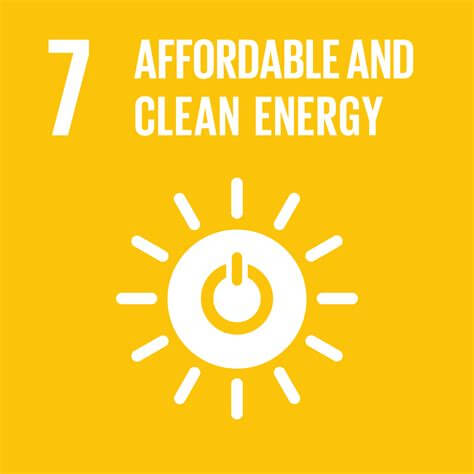
Goal 7 - affordable and clean energy
Ensure access to affordable, reliable, sustainable, and modern energy for all
Installation of a power transformer and distribution line that allows direct electrification of households and power supply to water pumps for agricultural purposes, benefiting over 1,000 people. In addition, there are approximately 93 km of transmission lines constructed for project purposes.
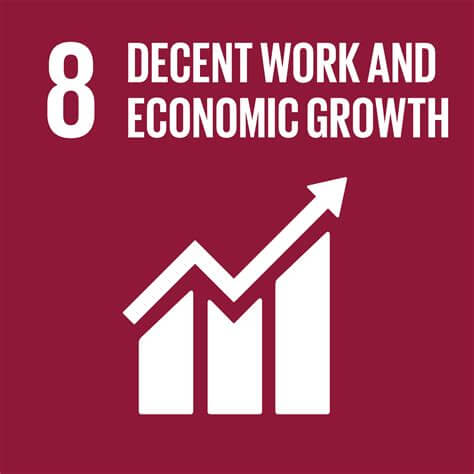
Goal 8 - Decent work and economic growth
Promote durable, broad-based and sustainable economic growth, full and productive employment and decent work for all.
The project has resulted in the creation of 730 direct jobs during the construction phase (including laborers, supervisors, and engineers), of which 266 have been hired locally. The project has also provided permanent employment for 76 people.
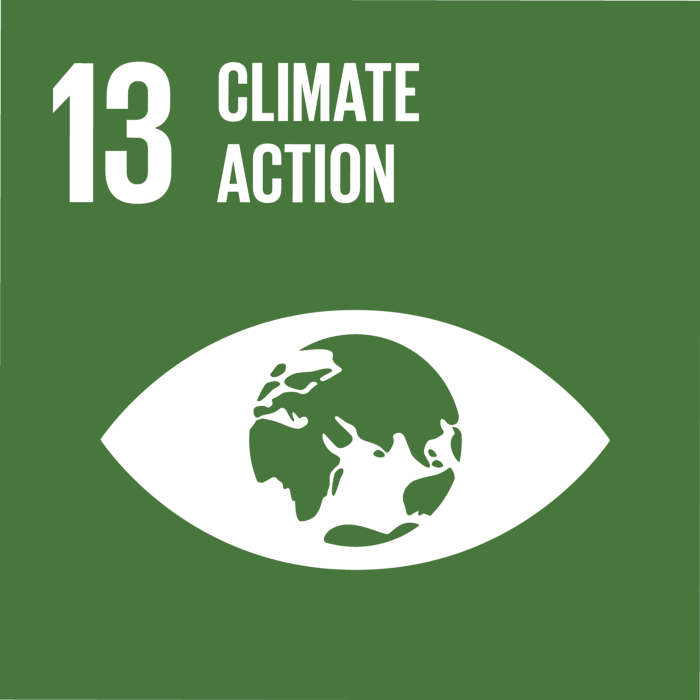
Goal 13 - Climate Action
Take immediate action to address climate change and its impacts.
Of all the compensatory measures, Goal 13 is, of course, the most important for us. Nevertheless, sustainable climate protection in developing areas cannot be achieved without strengthening the local infrastructure, because ultimately the climate protection projects should also have a long-term character.
In addition to the construction of the wind turbines, which are in themselves a significant climate protection measure, tree planting campaigns are regularly carried out in schools, substations and public places.
Progress
Unfortunately, transport by rail from Asian countries to us is still a long way off due to the overall geopolitical situation, but our steadily improving order situation is now enabling better consolidation of production orders. This is reflected not only in lower real emissions, but also in higher inventories and shorter delivery times for our customers.
Another big step towards more environmental protection is the ISO 14001:2015 and IEC QC 08000:2017 certification of another partner factory. Environmental management in accordance with the ISO 14001 standard is an important component of corporate environmental protection, the central objectives of which are to implement internationally applicable legislation and thus minimize the negative impact of business on nature and the environment. IECQ QC 080000 is based on ISO 9001 and is an internationally recognized, environmentally friendly product standard that provides standards for HSPM (Health Systems and Policy Monitor) systems. The certification helps minimize or eliminate hazardous substances according to both global guidelines and customer-specific requirements. Compliance with the Restriction of Hazardous Substances (RoHS) and Waste Electrical and Electronic Equipment (WEEE) directives through QC 080000 certification enables you to plan environmentally friendly products, as well as systematically manage hazardous substances in products and processes. It ensures compliance with existing process specifications and environmentally friendly product requirements optimize resource allocation by reducing redundant system and product certifications.
Setbacks
Unfortunately, some of our new ultra-lightweight and material-saving packaging is not as stable as we had envisioned. This sometimes means that even new cartons are already damaged. In the interests of sustainability, we check here in each individual case whether the product carton can still be used or whether its protective function is limited.
Outlook
Planning a company outlook in a start-up has about the accuracy of some weather forecasts. In any case, our economic outlook is positive, while we are only at “neutral” in the area of environmental protection. Our ability to reduce the real emissions of our products is limited. One of the core pillars at the time of our foundation was to bring products from Chinese factories to Germany exclusively by rail and to save 95% of the emissions there. Unfortunately, the framework conditions for this have changed so much since then that this is currently unacceptable.
For the fourth quarter of 2022, we expect emissions to remain roughly the same as for the third quarter, possibly even rising slightly. While calculations in the industrial and skilled trades sectors are currently rather cautious, current energy prices are opening up scope for investment for some companies in the utilities sector. We expect scope 1 emissions to rise in the coming half-year due to steady growth.
You too can help. Equip your employees with durable, rugged devices from WEROCK. This brings you climate-neutral, modern technology that improves the efficiency of your company. At the same time, our profits allow you to do even more in the area of climate protection. I am looking forward to your inquiry!
Yours Markus Nicoleit
